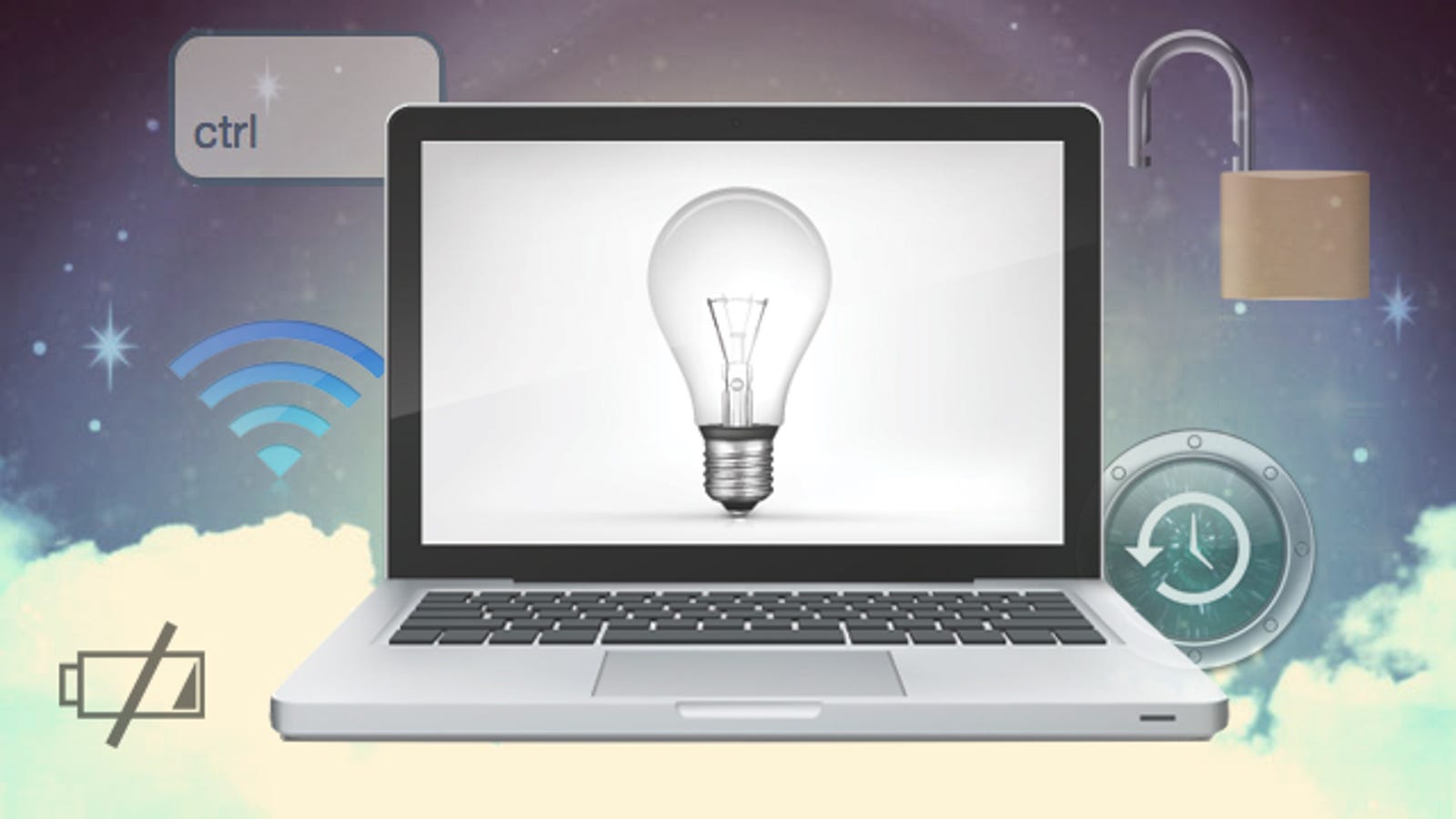
Protect your Mac from malware. MacOS has many features that help protect your Mac and your personal information from malicious software, or malware.One common way malware is distributed is by embedding it in a harmless-looking app. Do Macs get viruses? Do Macs need antivirus software? The answer isn't as simple as it may seem. In this article, we look at the dangers faced by Mac users and the pros and cons of using Mac. Sophos Home Free — Best for Overall macOS Protection & Free Parental Controls.
A phishing scam has targeted Mac users by redirecting them from legitimate websites to fake websites which tell them that their computer is infected with a virus. The user is then offered Mac Defender 'anti-virus' software to solve the issue.
This “anti-virus” software is malware (i.e. malicious software). Its ultimate goal is to get the user's credit card information which may be used for fraudulent purposes.
The most common names for this malware are MacDefender, MacProtector and MacSecurity.
Apple released a free software update (Security Update 2011-003) that will automatically find and remove Mac Defender malware and its known variants.
The Resolution section below also provides step-by-step instructions on how to avoid or manually remove this malware.
Resolution
How to avoid installing this malware
Do Macs Get Viruses
If any notifications about viruses or security software appear, quit Safari or any other browser that you are using. If a normal attempt at quitting the browser doesn’t work, then Force Quit the browser.
In some cases, your browser may automatically download and launch the installer for this malicious software. If this happens, cancel the installation process; do not enter your administrator password. Delete the installer immediately using the steps below.
- Go into the Downloads folder, or your preferred download location.
- Drag the installer to the Trash.
- Empty the Trash.
How to remove this malware
If the malware has been installed, we recommend the following actions:
- Do not provide your credit card information under any circumstances.
- Use the Removal Steps below.
Removal steps
- Move or close the Scan Window.
- Go to the Utilities folder in the Applications folder and launch Activity Monitor.
- Choose All Processes from the pop up menu in the upper right corner of the window.
- Under the Process Name column, look for the name of the app and click to select it; common app names include: MacDefender, MacSecurity or MacProtector.
- Click the Quit Process button in the upper left corner of the window and select Quit.
- Quit Activity Monitor application.
- Open the Applications folder.
- Locate the app ex. MacDefender, MacSecurity, MacProtector or other name.
- Drag to Trash, and empty Trash.
Malware also installs a login item in your account in System Preferences. Removal of the login item is not necessary, but you can remove it by following the steps below.
- Open System Preferences, select Accounts, then Login Items
- Select the name of the app you removed in the steps above ex. MacDefender, MacSecurity, MacProtector
- Click the minus button
Remove Viruses On Mac
Use the steps in the “How to avoid installing this malware” section above to remove the installer from the download location.
Note: Apple provides security updates for the Mac exclusively through Software Update and the Apple Support Downloads site. User should exercise caution any time they are asked to enter sensitive personal information online.
We all know that Windows computers can get computer viruses and other nasty malware, which is why Microsoft built in protection with Windows Defender. There is also a huge ecosystem of third-party anti-virus companies, all promising varying levels of protection.
So what’s the situation on Mac? You may have heard that macOS is more secure than Windows, and that might have some basis in fact but it doesn’t mean that Apple’s offerings are inherently safe from attack. Hardware faults can come no matter what the system, and you’ve probably heard of the high-profile vulnerabilities on the Intel CPUs that are at the heart of Mac devices.
So, can your MacBook or Mac get a virus?
Short answer: Yes
Whatever you might have seen to the contrary, the Mac operating system is no stranger to virus infections or malware attacks. Maybe even more so nowadays, as criminals have figured out that Mac owners tend to have more cash to steal from. Yes, coders that write malware and virus code are more familiar with Windows code, but that doesn’t make Macs immune. Just… the average criminal wants a quick payday. That means hitting owners of businesses or government institutions instead of individual users, and most of these run their networks on Windows machines. That has the effect of most of the efforts from hackers focusing on Windows vulnerabilities.
Some notable Mac-targeted attacks include Flashback, which infected 600K+ Apple computers in 2012 and stole personal information including logins, OSX/KitM.A, which infected some Apple devices in May 2013 and sent screenshots of the desktop to specific locations, OSX/MaMi, which infected several thousand Apple computers in January 2018 and snooped on internet traffic, and OSX.PROTON, which infected thousands of Apple computers in 2017 and stole account credentials from the macOS Keychain app.
What do you think? Surprised that your Mac is susceptible to viruses? Let us know down below in the comments or carry the discussion over to our Twitter or Facebook.